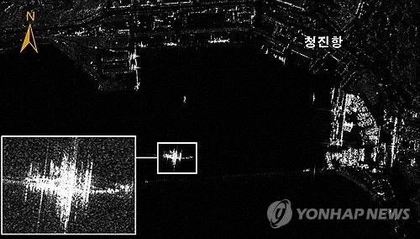Kyiv intelligence says Moscow has been holding back on missile attacks and expanding factory production rates in order to amass a larger arsenal of long-range weaponry. Russian forces currently have a minimum of 585 missiles (excluding the Kh-22) capable of striking distances exceeding 500 kilometers, enabling them to hit targets in various regions throughout Ukraine, and are trying to build more.
Vadym Skibitsky, a representative from the Ukrainian Defense Ministry’s Main Directorate of Intelligence (HUR), told RBC Ukraine: “Regarding Iskander ballistic and cruise missiles, our data suggests an approximate count of 270 currently. Stockpiles of Kalibr missiles are estimated at around 140, while the combination of Kh-101s, Kh-555s, and Kh-55s equipped with warheads totals roughly 100, according to our assessments.”
JOIN US ON TELEGRAM
Follow our coverage of the war on the @Kyivpost_official.
Skibitsky added that Russia might still have around 75 Kinzhal missiles. He said the use of Kh-101 missiles has decreased compared to last autumn and the reduction is likely an attempt to ration the weapons in the face of sanction-induced production shortages.
“The Russians are theoretically capable of producing about 40 Kh-101 missiles each month, but it’s evident that these projections are not being met. Primarily, this shortage results from a lack of foreign components,” Skibitsky said.
Another reason Russia is stockpiling the Kinzhal missiles, recognized for their precision and effectiveness, compared to Kh-555, Kh-22, and Kalibr cruise missiles, is because the Ukrainian forces have been highly successful in intercepting and destroying those other weapons.

Epilogue of the Russian Empire Wanted
Aside from the 6 Kinzhal missiles, Russia plans to make 30 Iskander-M ballistic missiles, 12 Iskander-K cruise missiles, 20 Kalibr, and roughly 40 Kh-101 missiles in August, according to Skibitsky.
The Russians are also enhancing Kh-22 cruise missiles, introducing modified versions reclassified as Kh-32s.
“Based on our data, the Russians can only deliver up to 10 units of these upgraded missiles each month,” said Skibitsky.
He said that based on reductions in inventory and production of certain missile types, Russia has been forced to revise its strike tactics.
This involves alternating between missile classes and carefully selecting targets. There’s an increased mission planning focus on plotting the flight paths of cruise missiles and UAVs to overcome Ukraine’s air defense systems.
“They’re making decisions to strike more swiftly,” he said. “For instance, when they receive urgent targeting information, they opt for highly accurate high-speed missiles that are challenging for our air defense units to intercept.
“This was evident in the recent incident in Chernihiv, where an Iskander-K cruise missile was neutralized.”
Skibitsky said Iskander missile brigades are positioned along the entire border – in the Rostov, Kursk and Belgorod regions of Russia, as well as in occupied territories such as Crimea.
“So, our regions and districts closer to the front line and the Ukrainian-Russian border are under more immediate threat, because these missiles can reach their targets within minutes [after launch].”
Swiftly responding to their employment is immensely challenging, Skibitsky added.
“The adversary adapts, introducing new approaches and tactics. It’s probable that the Russians are currently altering their target selection methods as well,” he said.
He also said that Russia has begun efforts to establish robust unmanned aerial vehicle (UAV) production within its territory.
“Following the recent Shahed attacks, we’ve identified elements suggesting the final assembly of these UAVs is occurring in Russian territory. This is indicated by the increased presence of Russian components in the drones,” said Skibitsky, while reiterating Kremlin plans to up Shahed production within its borders.
“During one of the Russian defense industry exhibitions, Moscow said it wants to make around 60 UAVs of varying configurations by 2030,” he said.
Initial data from the HUR suggests that Russia intends to manufacture 1,300 units of the so-called Gerany-2, also known as Shahed, during the latter half of this year. These UAVs will incorporate components from both foreign and domestic production sources.
“But the reality is that Russia presently lacks the capability to manufacture such a substantial quantity of UAVs,” Skibitsky said.
Currently, the HUR is collecting data on the actual production capacity of Russia, which includes pinpointing the locations where these drones are assembled and identifying the sites of the enterprises contributing to the parts supply chain.
The HUR says Russia’s ambitions depend on the efficacy of sanctions and any “kinetic action” taken against the facilities engaged in Shahed production within the Russian Federation.
You can also highlight the text and press Ctrl + Enter






